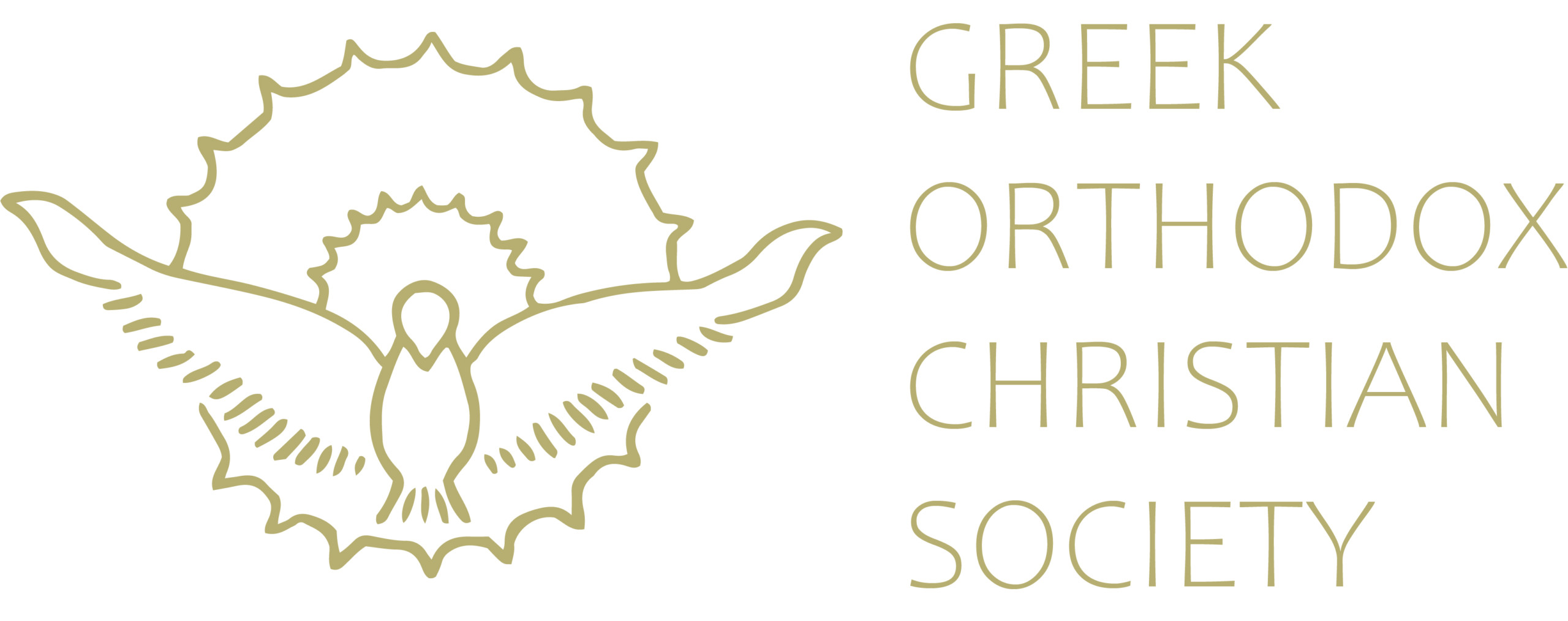The Tower of Babel
The Old Testament story of the Tower of Babel refers to a people who spoke one language and were like minded. Following the flood, God had promised Noah that he would protect his descendants. They moved east to a valley called Shinar south of Babylon. There, they decided to build a city with a tower that would reach the heavens! This tower would show their strength to the whole world and protect them so they would never be scattered over the face of the earth. They put more faith in the tower than in God’s promise.
They worked together to create bricks and mortar to build their tower. In 3rd century BC Babylonian documents, there are references to tall towers where “the peak of the tower reached the heavens”. The most famous of these is called Etemenaki, which means the foundation stone of heaven and earth. The ruins of the oldest of these exist in Babylon.
Although the tower was considered to be so high that it reached the heavens, the Bible tells us that the Lord had to ‘descend’ to see the tower and that he found the people arrogant and irreverent. The Lord saw that this way of life was endemic, and that being of one language and one mind would not provide any diversity or opportunity for change. So He decided to confuse their language so that they could not understand each other, could not finish building, and would be scattered abroad.
Many centuries later on the day of Pentecost, Christ sent the Holy Spirit to his disciples and granted them the gift of language so they could communicate with the multilingual crowds that had gathered in Jerusalem for the feast of the giving of the Law on Mount Sinai. That day 3,000 people believed and were baptised and the first church was formed. The catastrophe that the Tower of Babel brought upon the people was reversed by a new Tower founded by Christ – the Church.
Source: June-July 2014 Lychnos Edition
